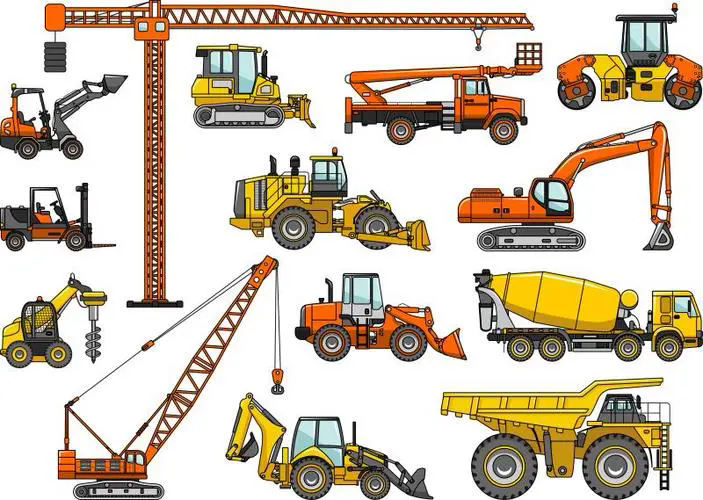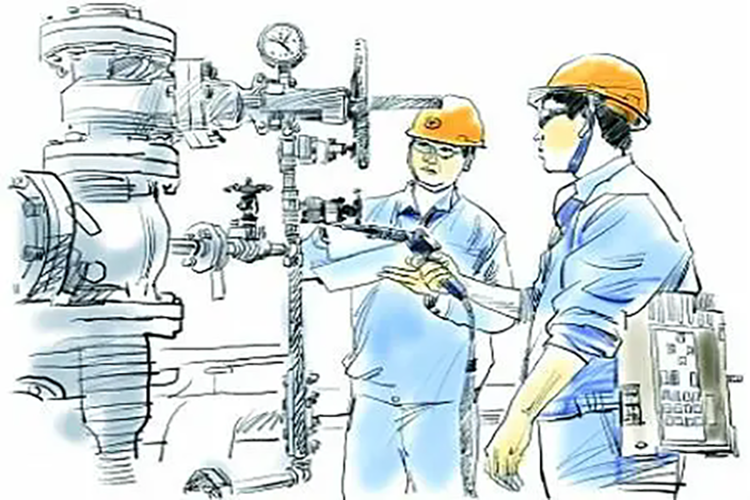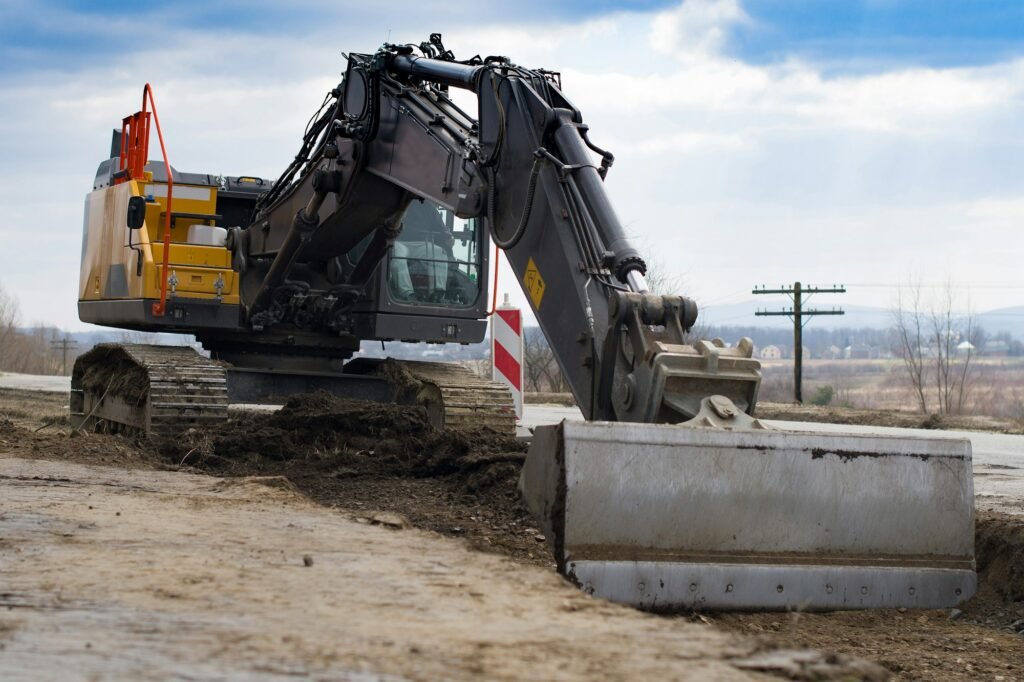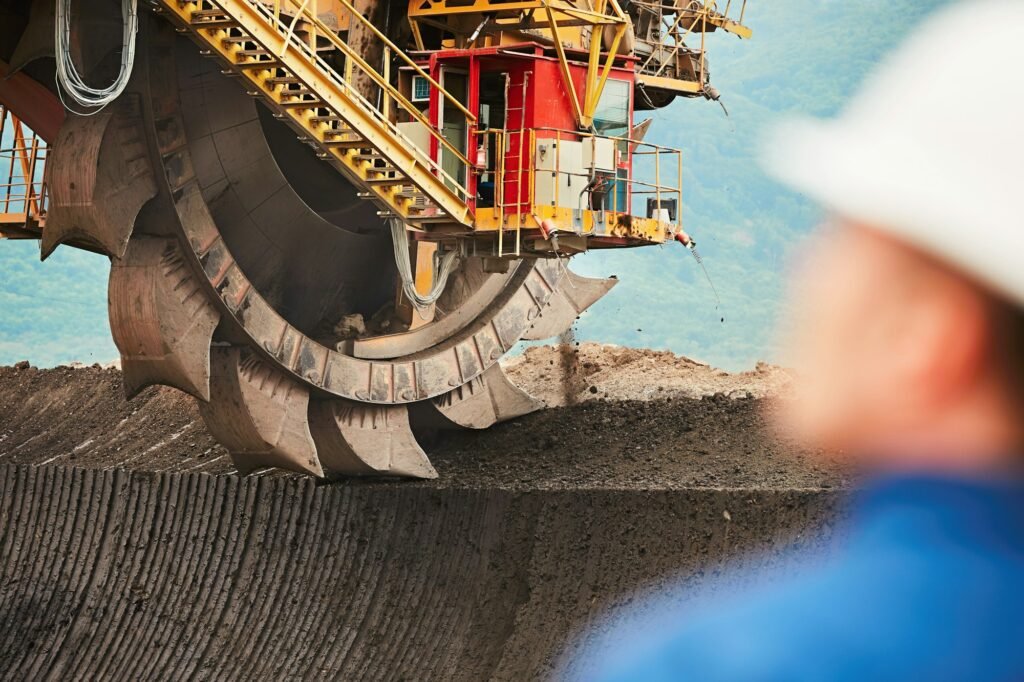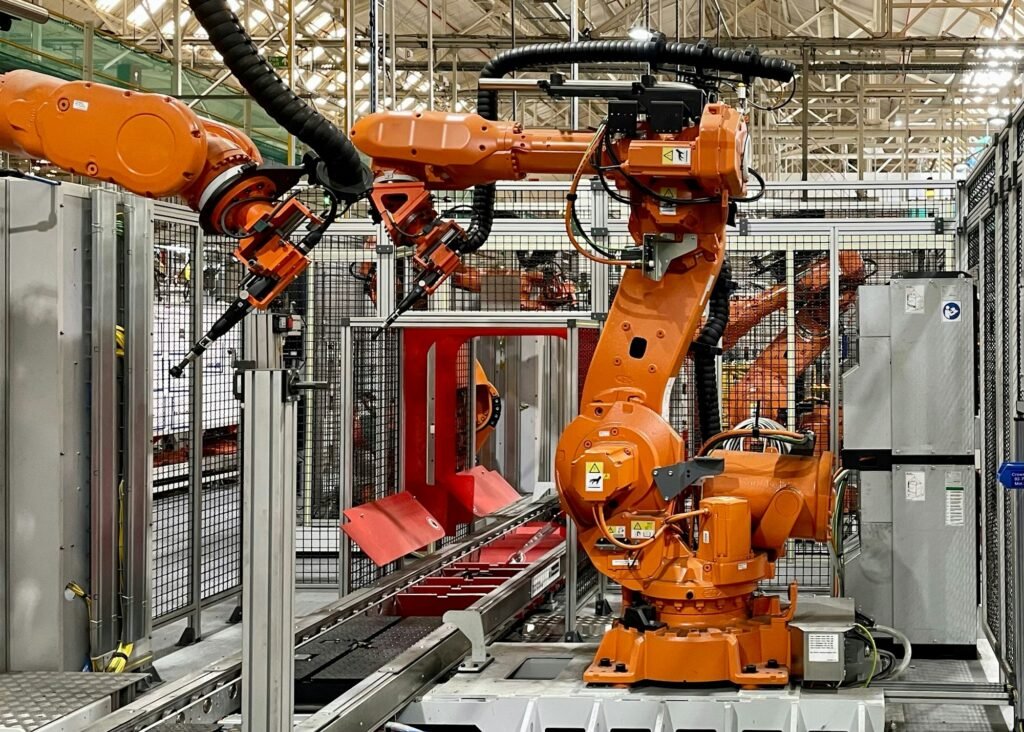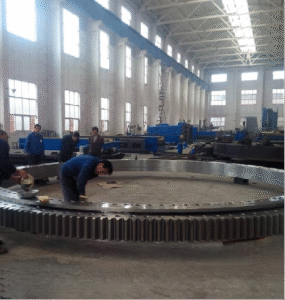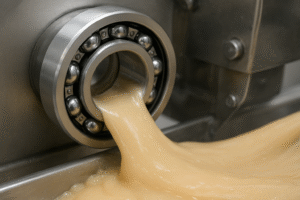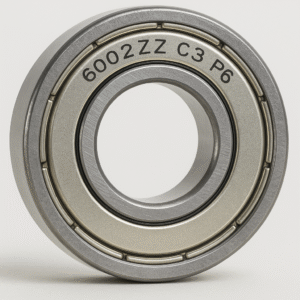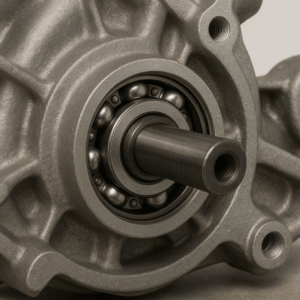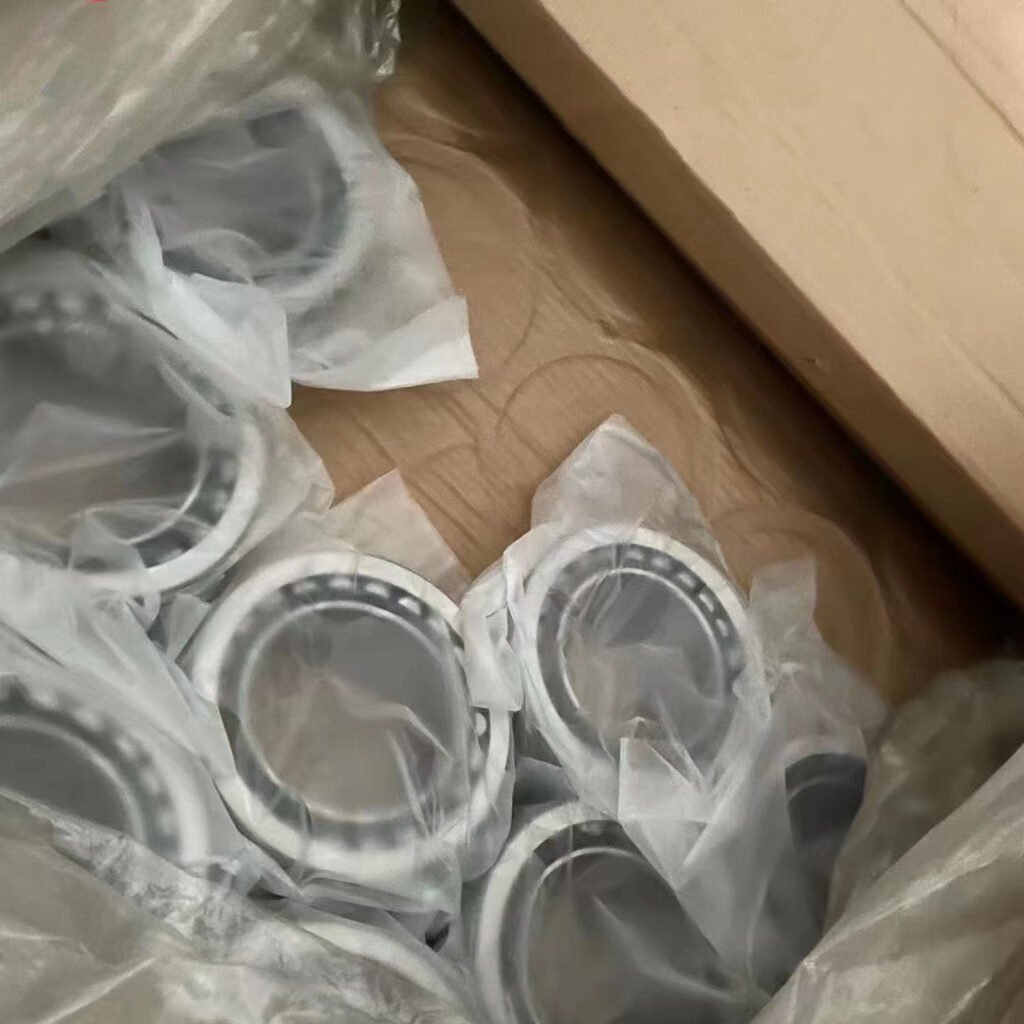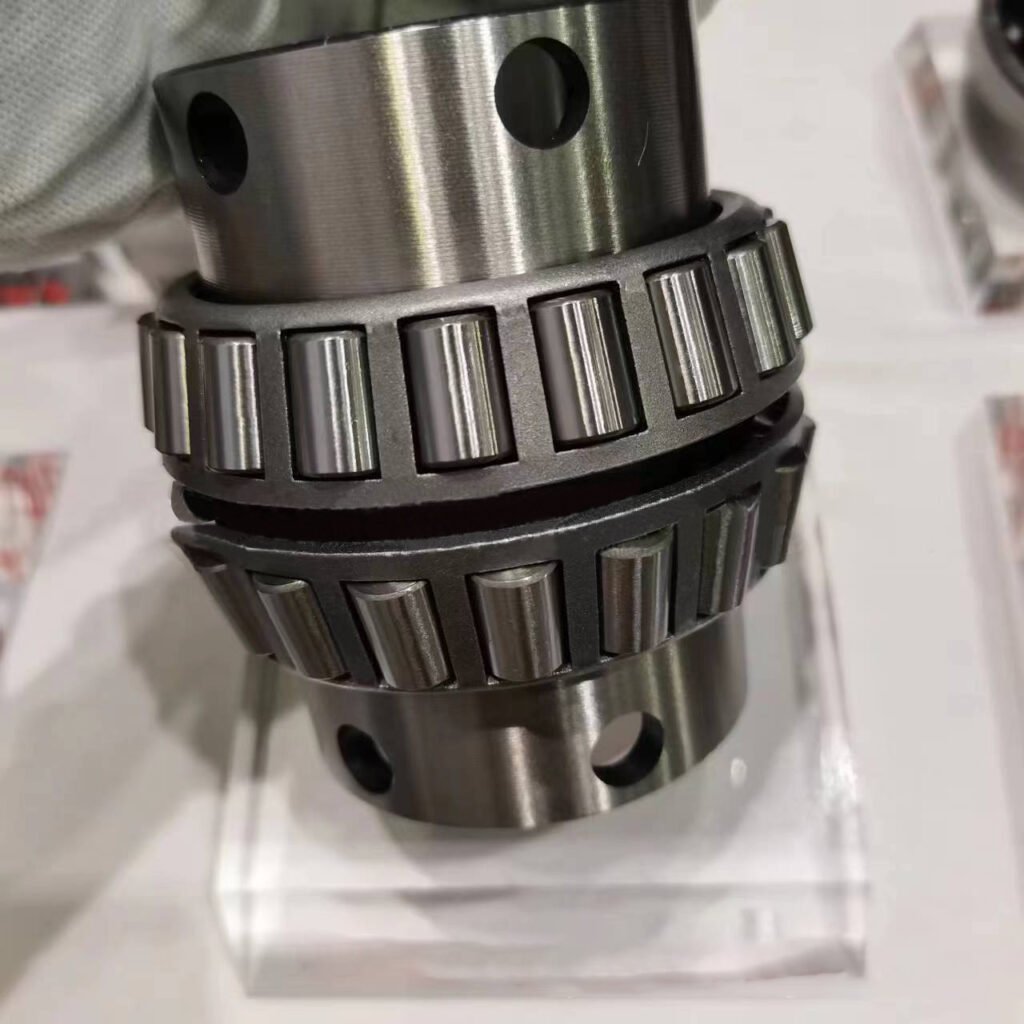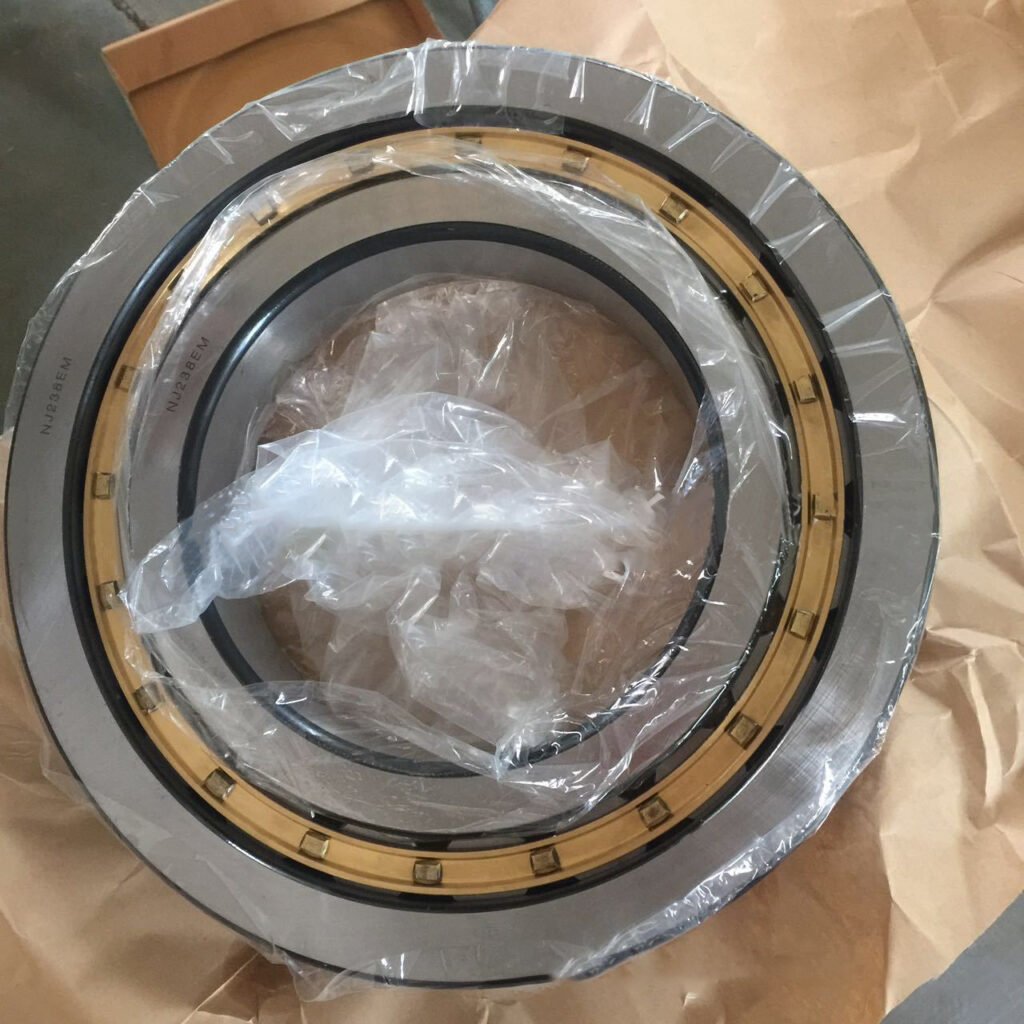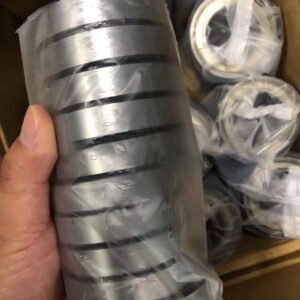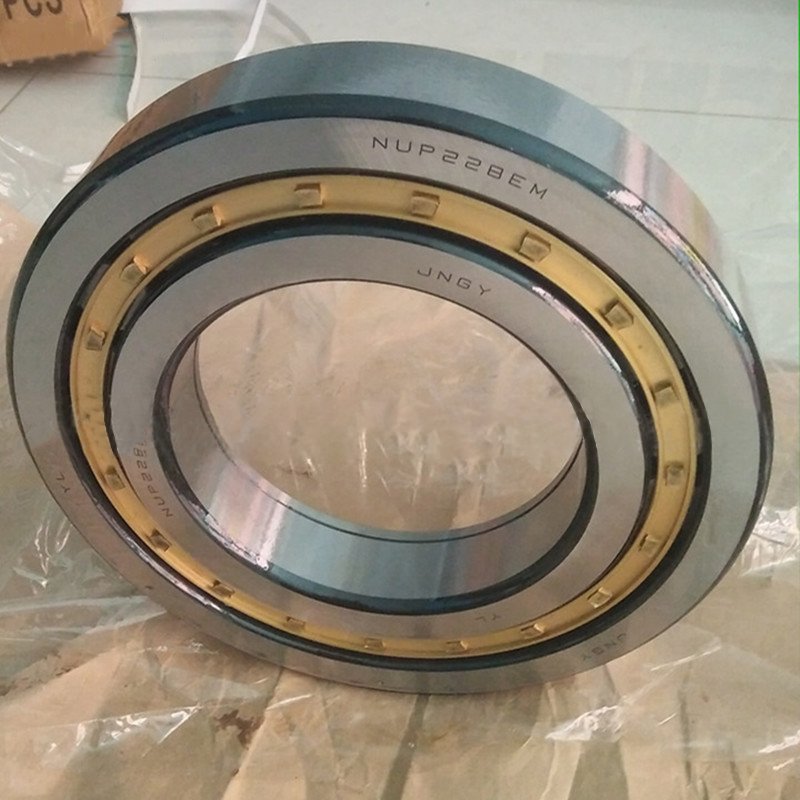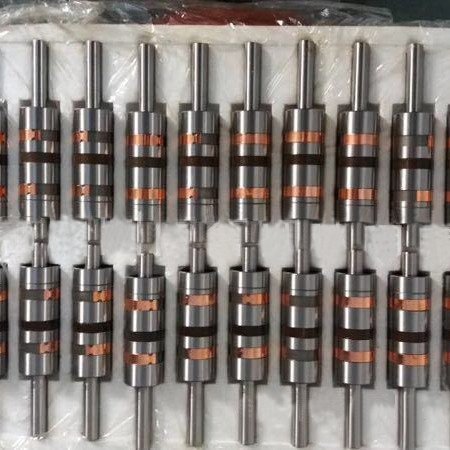As a senior bearing application engineer, I’ve spent years answering one recurring question from both newcomers to the bearing industry and experienced application professionals from various sectors:
“What do these long strings of letters and numbers engraved on my bearings actually mean?”
To most people outside our field, these codes look like random characters. But to us bearing engineers, they are a precise technical language—like Morse code—that instantly tells us the bearing’s design, protection features, internal clearances, precision level, and even noise performance.
If you can read this code, you can quickly determine whether the bearing in your hand is suitable for high-speed machinery, heavy-load applications, silent motors, or harsh environmental conditions. In this article, I’ll walk you through these codes one by one and explain how they apply to real-world scenarios.
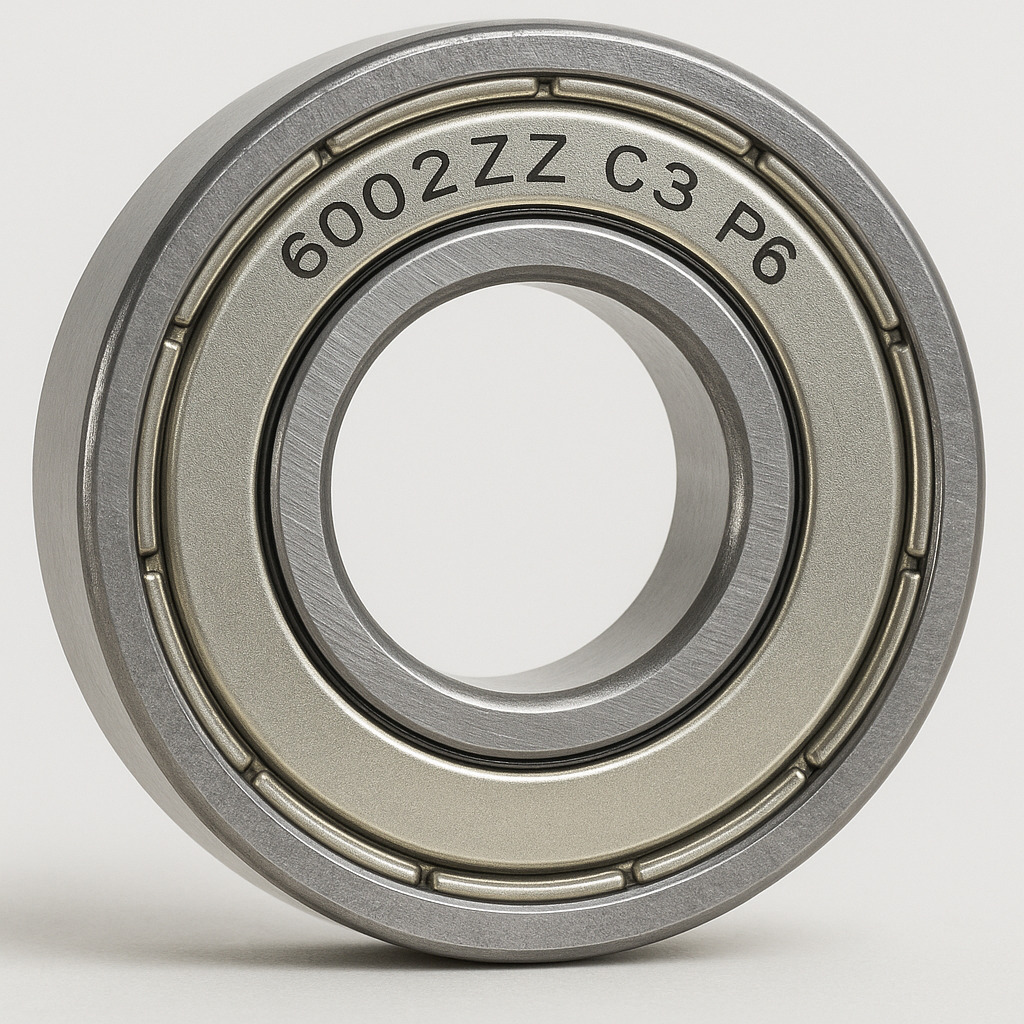
1. Sealing and Shielding: RS, RZ, ZZ, 2Z
The first set of letters you often see after a bearing number are related to the sealing or shielding type.
RS / RZ — Plastic Caps (Seals)
Meaning:
RS or RZ indicates that the bearing has a plastic seal (often made from nitrile rubber or other high-performance polymers).
This seal is fixed to the outer ring and contacts or nearly contacts the inner ring.
Advantages:
Moisture Resistance: Prevents water ingress in damp or wet conditions.
Corrosion Resistance: Protects internal components from contaminants and corrosive particles.
Insulation: Helps prevent dust and small particles from entering, extending bearing life.
Better Retention of Lubricant: Keeps grease inside for longer periods.
Applications:
Electric motors in outdoor environments (e.g., air conditioner condenser fans).
Agricultural machinery exposed to mud and water.
Food processing equipment where washdowns are frequent.
In short, choose RS or RZ types when sealing performance and contamination prevention are your top priorities.
ZZ / 2Z — Steel Caps (Shields)
Meaning:
ZZ or 2Z indicates a steel shield on both sides of the bearing.
Unlike seals, shields do not make contact with the inner ring; instead, they leave a narrow gap.
Advantages:
Dust Protection: Prevents large particles from entering.
Lower Friction: Since shields do not contact the inner ring, they produce less drag than seals.
High-Speed Compatibility: Ideal for applications where minimal resistance is critical.
Applications:
Electric tools such as grinders or drills.
Cooling fans and blowers operating at high RPMs.
Conveyors where dust exists but total sealing isn’t necessary.
If you need dust protection without sacrificing speed, ZZ bearings are the way to go.
2. Bearing Clearance: C0, C1, C2, C3, C4, C5
The “C” series codes define internal clearance—the total distance the bearing’s rolling elements can move within the raceway before load is applied.
C0: Standard clearance (most common for general machinery).
C1, C2: Smaller than standard clearance (tighter fit).
C3, C4, C5: Larger than standard clearance.
How to choose:
Smaller Clearances (C1, C2)
Recommended for precision instruments, quiet electric motors, and measuring equipment.
Advantages: reduced vibration, high accuracy, and stable operation.
Standard Clearance (C0)
Suitable for general machinery where conditions are not extreme.
Larger Clearances (C3, C4, C5)
Used in high-temperature environments (thermal expansion reduces clearance).
Essential for high-speed applications where centrifugal forces expand the inner ring.
Common in steel mills, automotive gearboxes, and industrial pumps.
Example:
A motor running continuously at high RPM in a hot factory environment should use C3 clearance bearings to prevent excessive heat expansion from causing premature failure.
3. Bearing Precision: P0, P6, P5, P4, P2
The “P” series indicates dimensional and rotational accuracy. Lower numbers mean higher general-use tolerance, while higher numbers mean greater precision.
P0: Normal precision (general applications).
P6: Higher accuracy, suitable for industrial motors and pumps.
P5: Precision for high-speed machine tools and demanding electric motors.
P4: Very high precision for CNC spindles and grinding machines.
P2: Ultra-precision, often used in aerospace and metrology instruments.
Industry selection guide:
P0: Conveyor belts, agricultural machinery.
P6: Industrial pumps, compressors.
P5: Medical imaging equipment, printing presses.
P4 / P2: CNC machining centers, jet engines.
Example:
A CNC spindle rotating at 20,000 RPM for precision metal cutting must use P4 bearings to ensure perfect runout and avoid machining errors.
4. Bearing Quietness: Z0, Z1, Z2, Z3, Z4
Noise codes are often overlooked, but they’re critical for industries where vibration and sound levels directly impact performance.
Z0: Standard noise level.
Z1: Lower noise, for quality industrial machinery.
Z2: High quietness, for electric motors.
Z3: Very low noise, for home appliances and precision devices.
Z4: Ultra-quiet, for recording studio equipment, precision laboratory devices.
Example:
A luxury home treadmill manufacturer may choose Z3 bearings for the running belt rollers, ensuring customers enjoy a smooth and quiet workout experience.

5. How These Codes Work Together
The magic of these markings is that they stack to describe a bearing’s complete specification.
For example:
6204-2RS-C3-P5-Z2
6204: Bearing size/type.
2RS: Sealed on both sides with plastic caps.
C3: Larger clearance for high-speed/high-temperature use.
P5: Precision suitable for demanding rotation accuracy.
Z2: High quietness level.
This tells me instantly that the bearing is sealed, high-clearance, precision-built, and quiet—ideal for a high-speed electric motor in a dusty but moderately quiet industrial setting.
Conclusion
The next time you see a bearing with a seemingly cryptic set of letters and numbers, remember: they’re not random—they’re your best guide to whether the bearing will perform perfectly or fail prematurely in your application.
Understanding this code allows you to make better purchasing decisions, avoid costly downtime, and match the exact bearing to your industry’s demands. As a bearing manufacturer, we engrave this information with pride, knowing it’s the language that connects engineers to the right solutions.
If you would like to learn more about bearing codes and practical applications, please contact our professional bearing application engineers.

